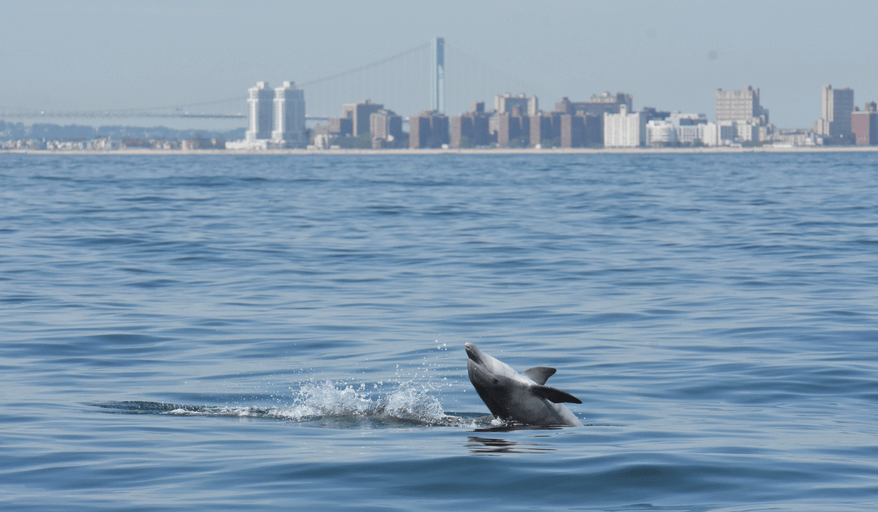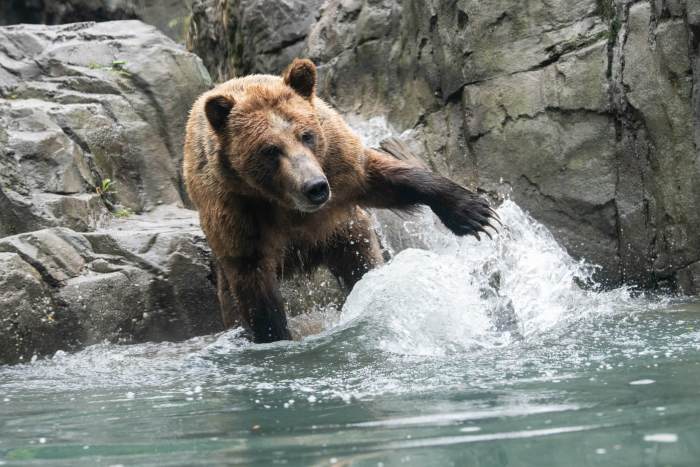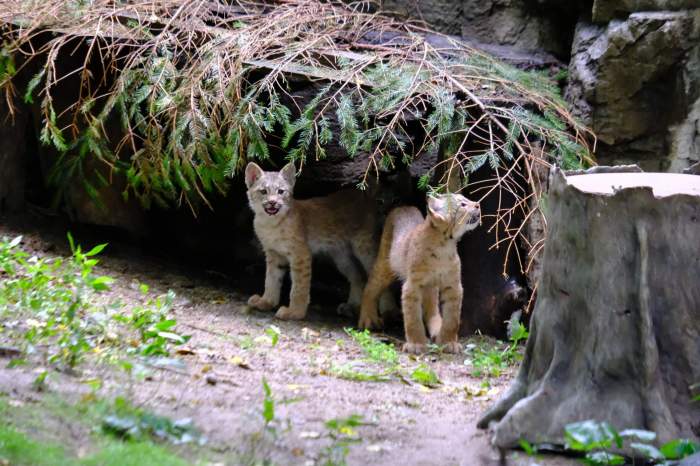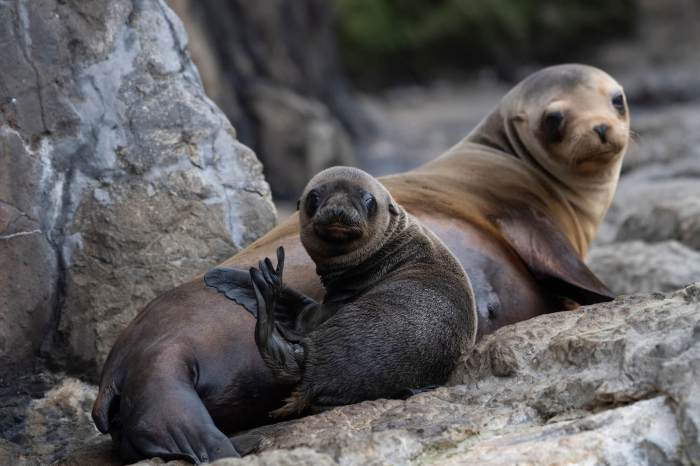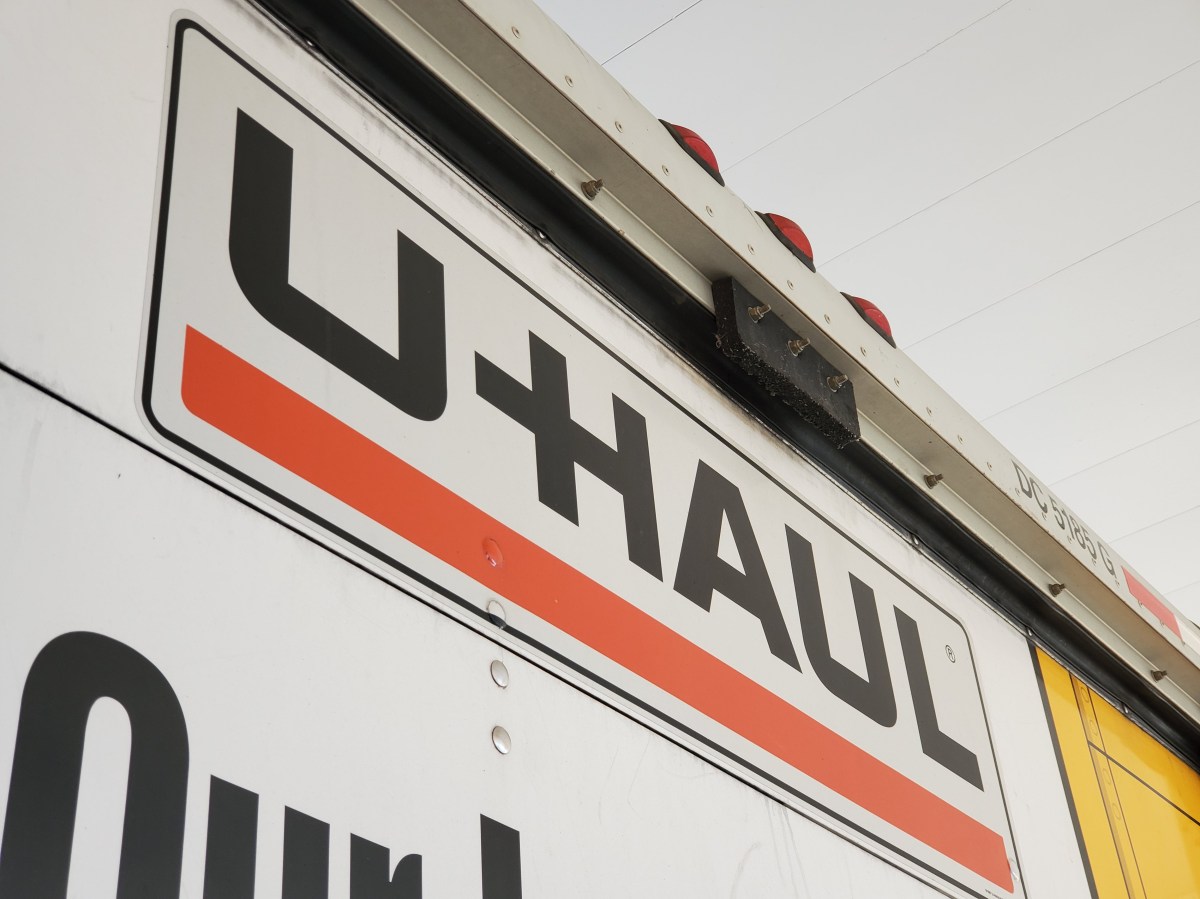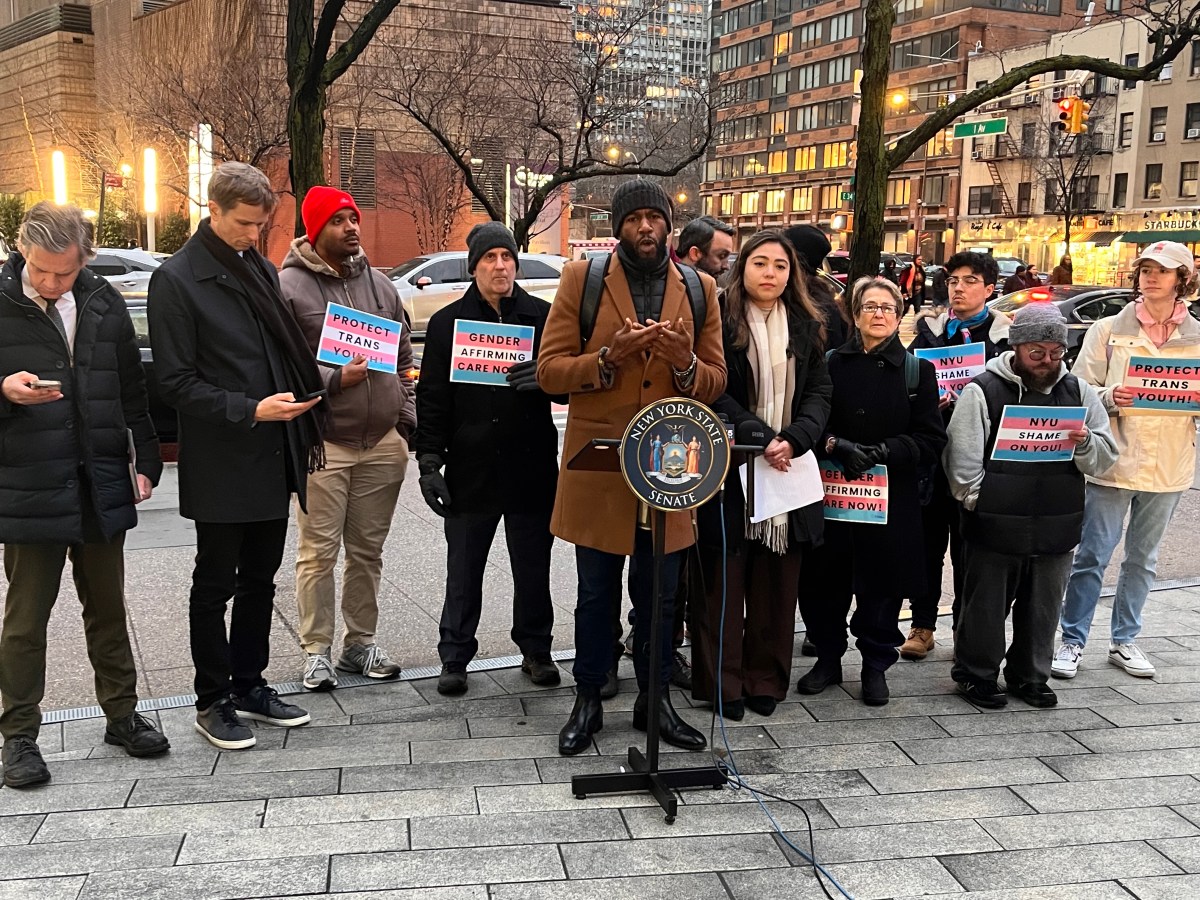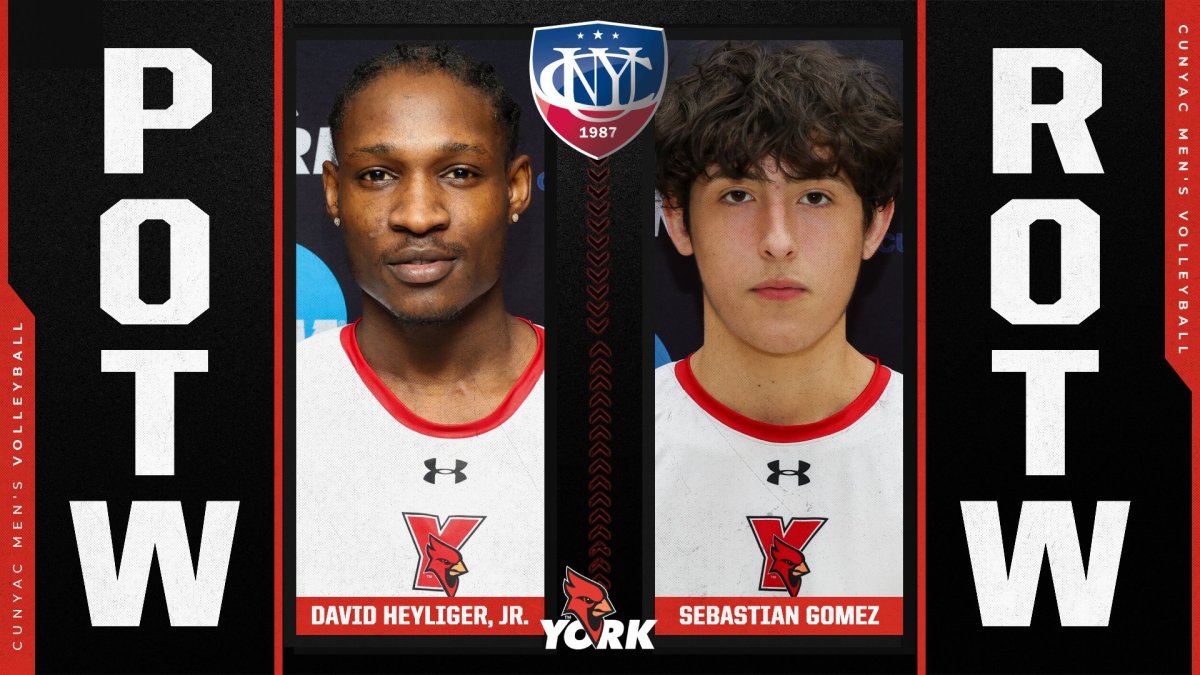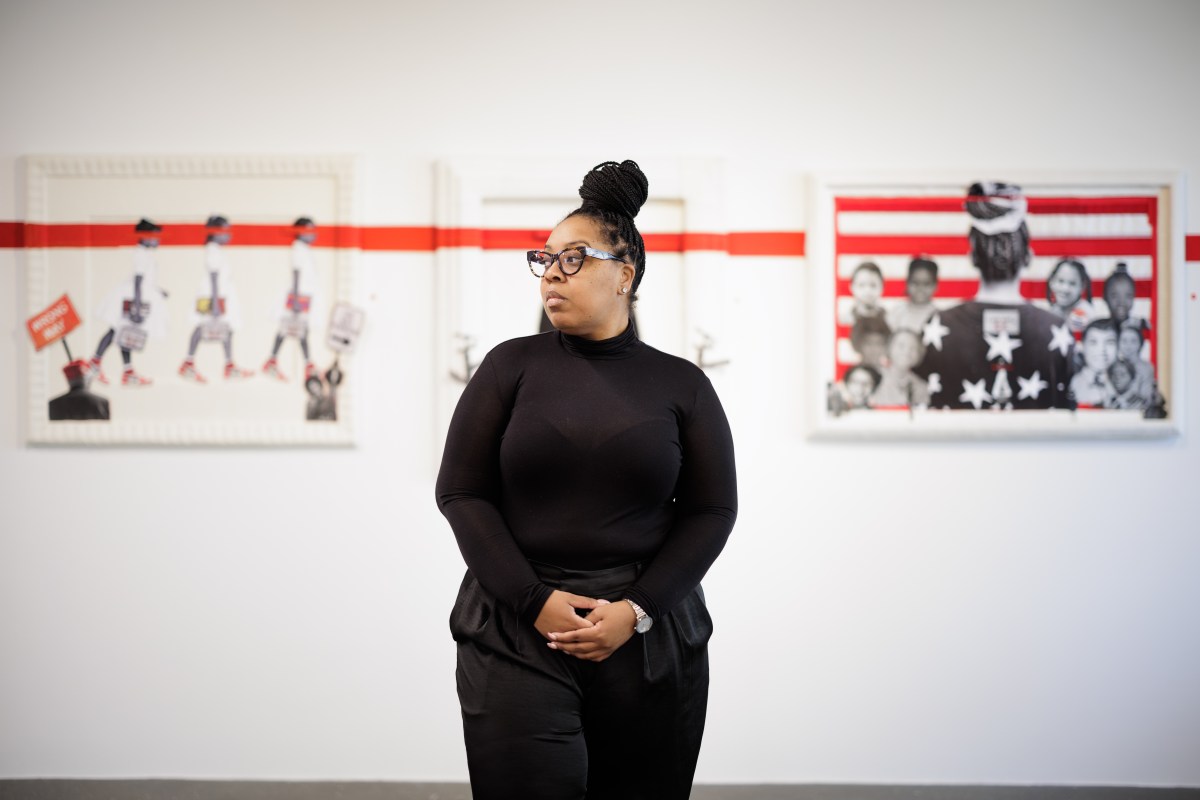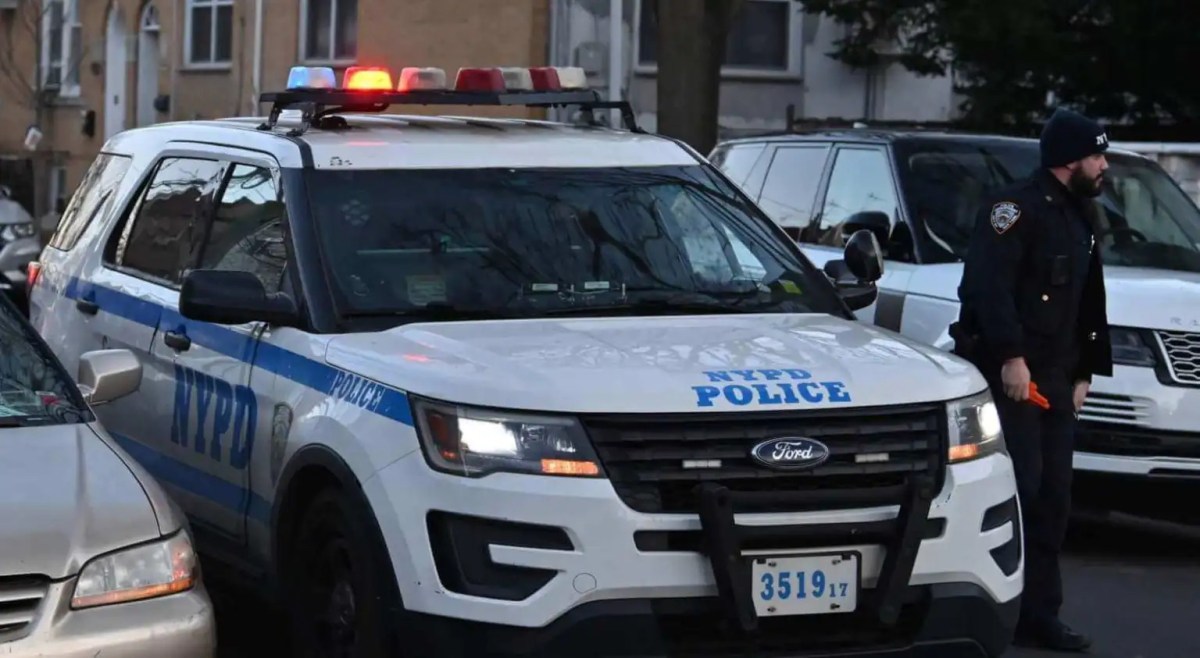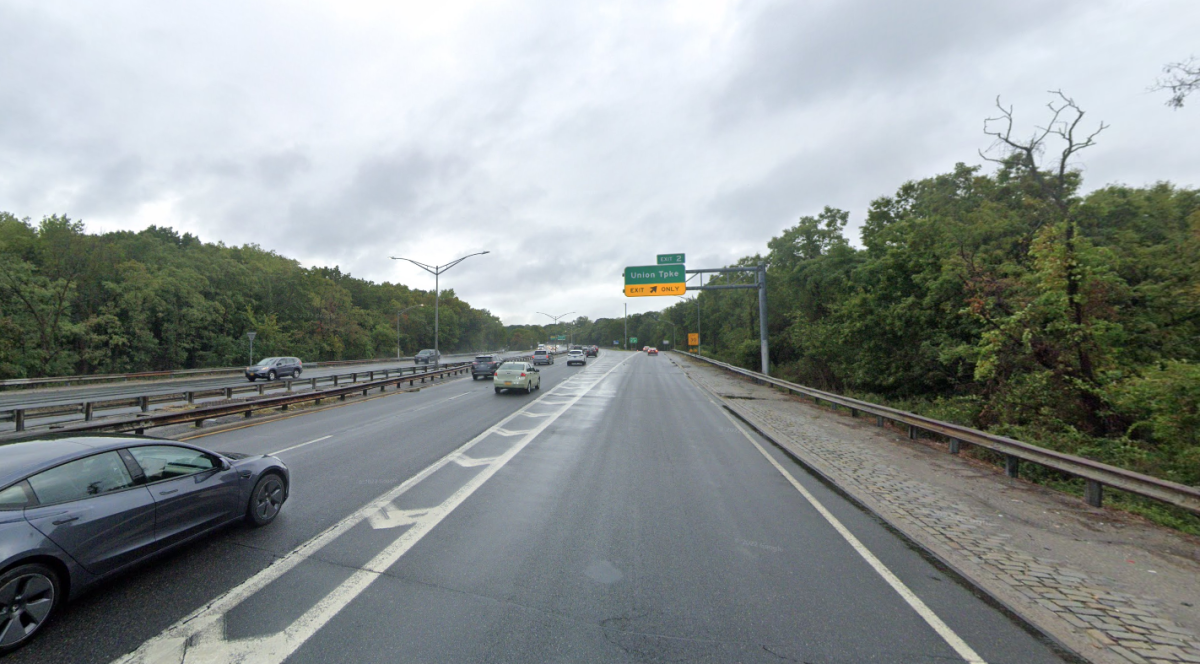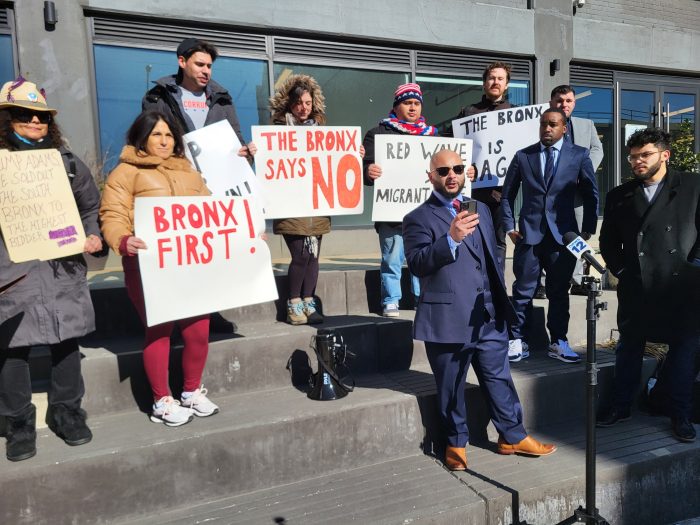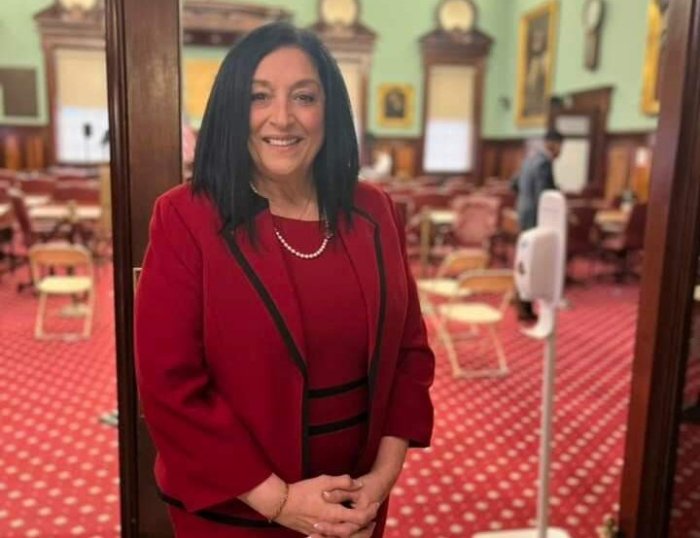A team of scientists with the Wildlife Conservation Society (WCS) has been tracking bottlenose dolphins that return to feed in local New York City waters from fall to spring each year.
The team has deployed underwater listening devices at six locations in Brooklyn, Queens, Staten Island and New Jersey to detect when and where the dolphins feed. By listening to the rapid clicking sounds dolphins make, called “foraging buzzes”, scientists hope they can learn more about the animals.
WCS has found that dolphin feeding activity is generally the highest in late summer to early autumn, but peaks at different months at different sites. Scientists believe that this has to do with variables such as water temperature, currents, and shipping activity.
These findings were published in the scientific journal Marine Ecology Progress Series.
The purpose of this study is to see how marine mammals are utilizing and surviving in the highly urbanized waterways of New York City and New Jersey. The findings from this and other additional studies can be used to help inform mitigation measures that can reduce human-wildlife conflict.
“By investigating how marine predators, such as bottlenose dolphins, are behaving within heavily urbanized ecosystems, we can gain insight on how these predators influence and are influenced by their environment, which can be used to guide conservation efforts, mitigation measures and best practice recommendations,” said the study’s lead author, Sarah Trabue formerly of Columbia University and now with WCS’s Ocean Giants Program.
In the New York-New Jersey Harbor Estuary, bottlenose dolphins are exposed to various stressors, including vessel activity and potential impacts associated with forthcoming offshore wind development.



